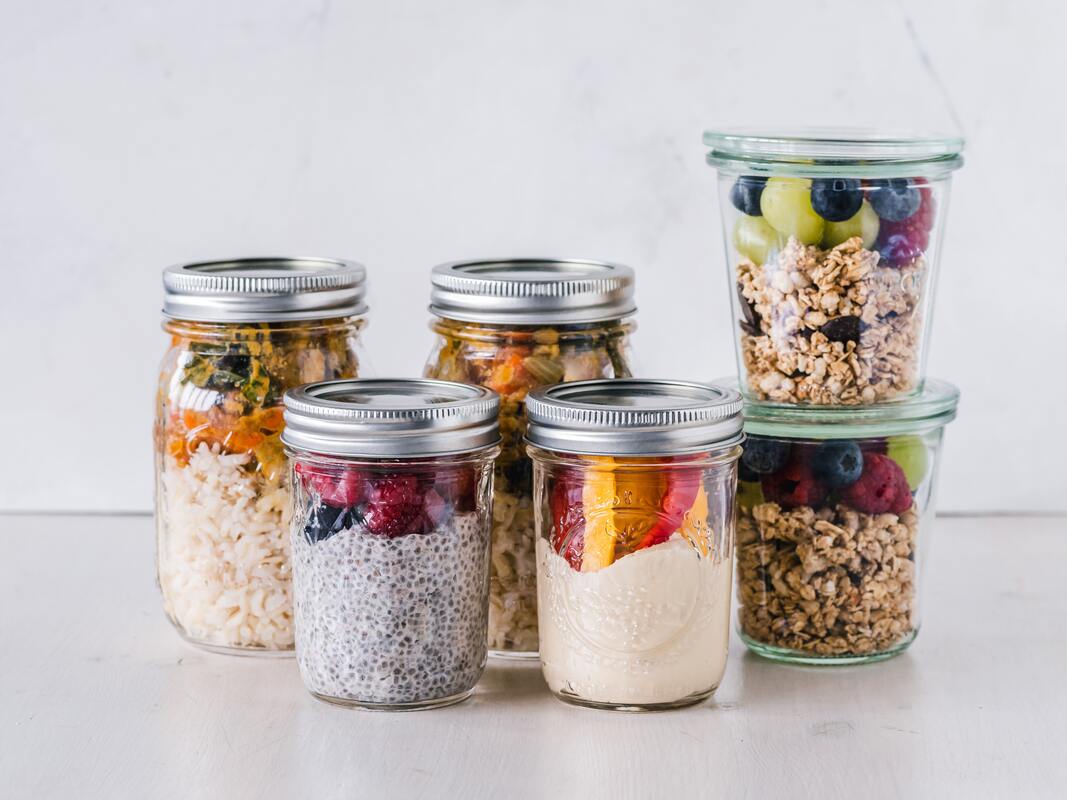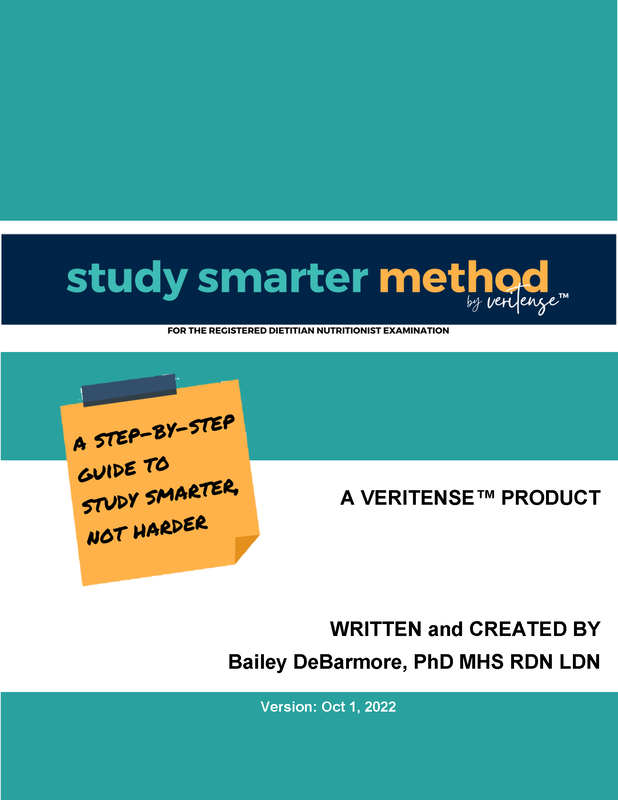|
There are many challenges to eating healthy on a regular basis (aka making healthy eating a lifestyle, rather than running through a cycle of fad diets). These challenges include time, cost, and boredom. It takes time to shop for ingredients, find recipes, prep and cook meals at home, and time to think about what you're going to eat. Cost can be an up or down variable - healthy ingredients may cost more than less healthy ingredients when you are cooking but cooking at home typically costs less than eating out. Lastly, boredom! If you don't have a variety of healthy recipes to choose from, you may get bored with the same meals over and over again - like baked chicken, rice, and vegetables. In today's post, I have 6 tips that help you address all 3 of these challenges. know your eating styleThis post is all about helping you adopt a consistent healthy eating style - that is, helping you finally make sustainable changes so that healthy eating becomes part of your lifestyle. Take a piece of paper and think about your approach to eating. Do you like to cook, or can't stand it? Where are you pressed for time the most? For example, do you struggle to find time to grocery shop, even though you love to cook? A possible solution is to schedule grocery delivery, or pick-up your pre-ordered groceries at the store on the way home from work. If you don't like to cook, think about other options. Are there recipes out there that require minimal cooking? What can you put together using pre-made foods, such as frozen steamable vegetable bags and pasta, or frozen dinner meals? If you always start your day with the intention to bring lunch to work with you and cook when you get home, but are too tired to actually accomplish these goals, then it may be worth your time on non-work days to prep your meals and snacks ahead of time, so you can quickly grab your lunch from the fridge in the morning and have your dinner ingredients pre-prepped in the evening. avoid an all-or-nothing approachYo-yo dieting is a term used when someone adopts a drastic change to their eating style, typically a fad diet, and sticks with it for a period of time before reverting back to old habits. This cycle then repeats. The weight gained during the reversion period is usually greater than the amount lost while dieting, and for each iteration of the cycle, it is harder to lose weight and easier to gain it back. To break this cycle, it is important to adopt a consistent eating lifestyle. Even as you read through these 6 tips, you shouldn't try to make more than 1 or 2 changes at a time. Trying to change too much at once means it will be harder to sustain those changes. Try just 1 or 2 changes, and once they become a natural part of your lifestyle, you can add more changes, if appropriate. For big changes, you want to implement them incrementally. For example, if you don't know to cook or never cook, making a goal to cook dinner every night of the work week isn't realistic. Instead, you might try a dinner delivery service that brings the recipes and ingredients to you a few nights a week to work that schedule change into your life. prepare meals at homePreparing your meals and snacks at home can save you both in your wallet and your waistline. Food purchased from restaurants typically has a higher calorie count than similar foods prepared at home. Preparing your own food also gives you more control over what ingredients you use and how much seasoning you add. You can also make healthy ingredient swaps. We'll talk more about how to transition to preparing most of your meals and snacks at home in the next tips. pack meals and snacksIt can be challenging to find healthy and easy snacks when you don't bring them from home. Snack foods from the vending machine or corner market are typically filled with not-great-for-you ingredients that make them shelf stable, and while you might feel a bit perked up from the sugar content, you may crash later. Instead, make some of these snacks at home and bring them with you to work or school. Combining a carbohydrate and protein/healthy fat food is a great combination for snacks. Good carbohydrate choices include fruits like apples, bananas, and oranges, and whole grains, and protein/healthy fat choices include nut butters, hard-boiled eggs, and nuts. For example, you could eat half of a peanut butter-banana sandwich on whole grain bread, peanut butter on whole grain crackers, or some quick-cooking oats with dried fruit and nuts. Check out this list of 49 healthy and easy snacks to pack. try new and exciting recipesIf you are planning your meals for the week, try to incorporate one or two new recipes into your normal rotation. Make it a recipe that is both quick and easy, so you aren't deterred from trying something new in the future. You can use spices and seasonings to add exciting flavors to healthy dishes, like this tater tot nachos recipe. Keep a board on Pinterest or a list online for recipes you want to try. When you sit down to meal plan, peruse your list and pick something new. try meal preppingMeal prepping is when you spend one day each week preparing most or all of your meals ahead of time. For example, you might prep a chicken and rice dish for lunch and portion it into Tupperware containers. For dinners that week, you might go ahead and cook the meat and chop some of the other ingredients so that when you get home from work that week you have less prep to do.
Meal prep is efficient because you a) have to meal plan and thus use your time and ingredients more efficiently and b) helps you eat healthier during the week because you don't have to decide what to eat. Which of these 6 tips have you tried before?
0 Comments
Your comment will be posted after it is approved.
Leave a Reply. |
a blog about health, wellness, nutrition, and fitness from an epidemiologist / dietitian with personal trainer experience
Stay up to date on productivity tips and active learning techniques
Like what you read?
categories
All
|



_250px.png)



 RSS Feed
RSS Feed
